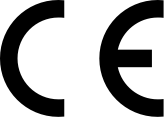There are 197 countries and 7 continents in the world. Each region has its own toilet inspection standards. Today we introduce what are the mainstream national toilet certifications?
Below is picture collection of toilet certifications.
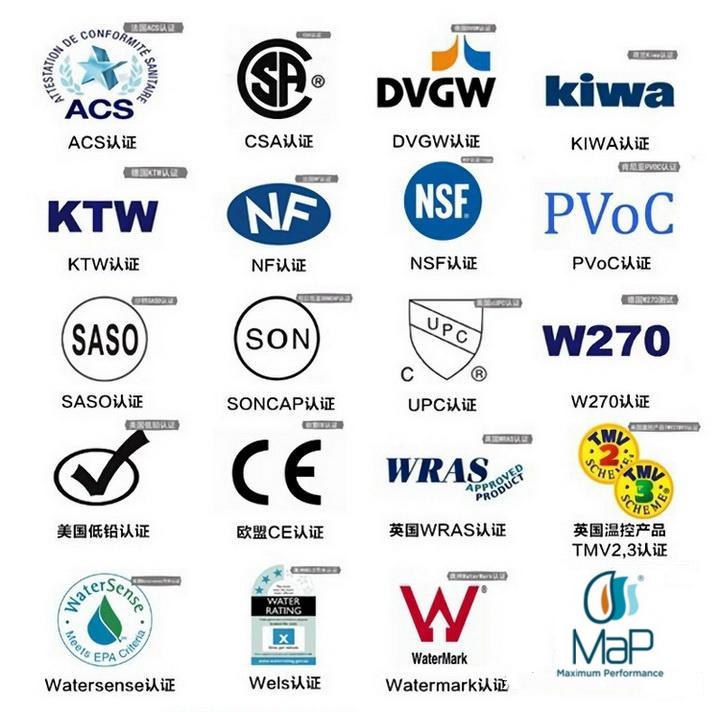
Toilet certification
There are ten-ring certification, water-saving and other bathroom certifications in China. And foreign countries are no exception, and the standards for manufacturing inspection are even stricter. Different foreign markets and different countries have different standards for the same category of products. While generally they are higher than the national standard. For example, for household faucets, the American LF standard requires the use of low-lead copper materials with a lead content of less than 0.25% as the base material. The national standard requires that the lead content of ordinary H59 brass is ≤0.5%.
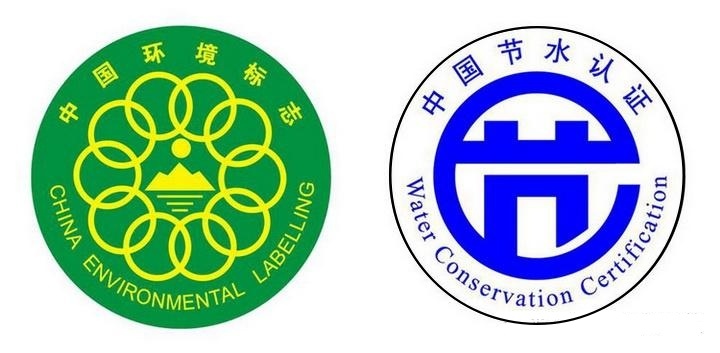
China toilet certification
Generally speaking, the North American market certifications mainly include (c) UPC, CSA, NSF, AB1953, Watersence. Australia has Water Mark and WELS. Germany has DVGW, KTW. Britain has WRAS. France has ACS and NF. Netherlands has KIWA and Europe CE certification.
|
Major toilet certifications around the world |
|
| CUPC/ CSA(C US) / NSF / AB1953 / Watersence | North America |
| WaterMark / WELS | Australia |
| DVGW / KTW / W270 | Germany |
| WRAS | U.K. |
| ACS / NF | France |
| KIWA | Netherlands |
| AENOR | Spain |
| CE | Europe |
| Ten Ring Certification / Water Saving certification | China |
| SASO / SONCAP | Others |
Above certifications are mainstream certifications in foreign markets. And have clear regulations and requirements for the materials, processes, component durability, water-saving performance, environmental protection and health of bathroom products.
Below we explain each certification separately.
1.UPC certification
UPC refers to uniform plumbing code, which is the unified sanitary piping product standard. It is authoritative certification for sanitary ware products entering the US market. Adding “c” refers to Canadian market. The product range certified by cUPC is plumbing and sanitary products exported to North American market. This certificate is issued by American IAPMO organization and requires factory audit and renewal once a year.
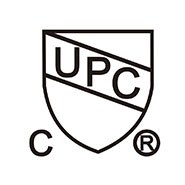
2.WaterSence Certification
Managed by the U.S. Environmental Protection Agency. It aims to help consumers identify the most efficient and water-saving kitchen and bathroom products among similar products on the market. It will help improve the water-saving efficiency of households and public facilities, and thereby achieve the goal of protecting water resources and reducing waste. The products involved are energy efficiency certifications for toilets, urinals, bathroom faucets, and showerheads. Before a factory applies for this certification, it must sign a “Producer Cooperation Agreement” with the EPA
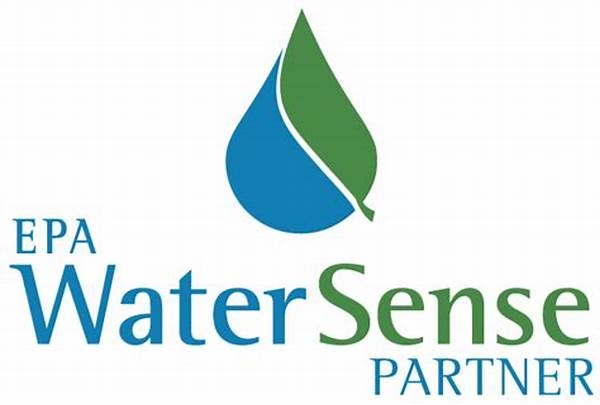
3.NSF certification
Issued by the National Sanitation Foundation of the United States. The main standard involved in plumbing products is NSF61, such as: 61-9 mechanical plumbing terminal devices (faucets, etc.). Applying for certification requires a factory audit.
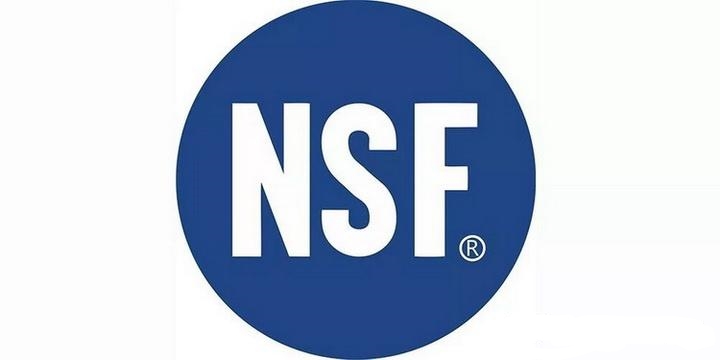
4.CSA certification
Issued by the Canadian Standards Association, it is equivalent to the American cUPC and can be used throughout North America. CSA is currently the largest safety certification agency in Canada and one of the most famous safety certification agencies in the world. It can provide safety certification for all types of products in machinery, building materials, electrical appliances, computer equipment, office equipment, environmental protection, medical fire safety, sports and entertainment, etc. Applying for certification requires factory audit, which is valid for one year.
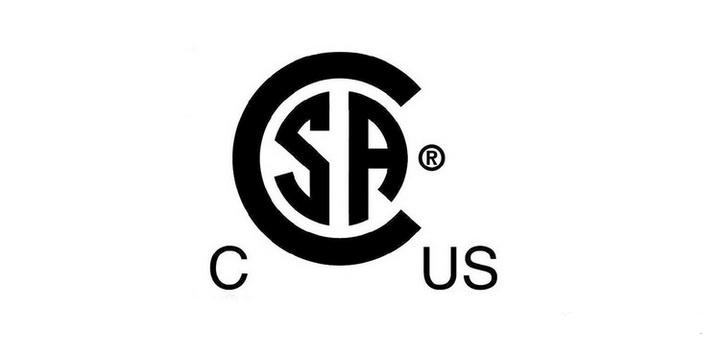
5.WaterMarkcertification
WaterMark is the certification mark of the Australian Bureau of Standards. The certified products include toilet, faucets, various water valves, water pipes, water tank accessories, showers, bathtubs, pipe joints and other water supply and sewage products. All bathroom products installed in Australia require this certification.

Obtaining this certification will give Australian and New Zealand residents great confidence in their products. According to the product risk level, products are divided into Level 1 (high-risk products, such as water heaters and sanitary equipment) and Level 2 (low-risk products, such as sanitation and cleaning, excretion systems). Category 1 products require factory audits, and the certificate is valid for 5 years. Category 2 products The certificate is valid for 3 years.
6.WELS certification
Australia’s water-saving certification, certified products include shower equipment, toilet equipment, faucets, urinals, water flow controllers, etc. From July 1, 2006, except for water flow controllers, everything else is mandatory. Among them, the more stars, the more water-saving the product is.
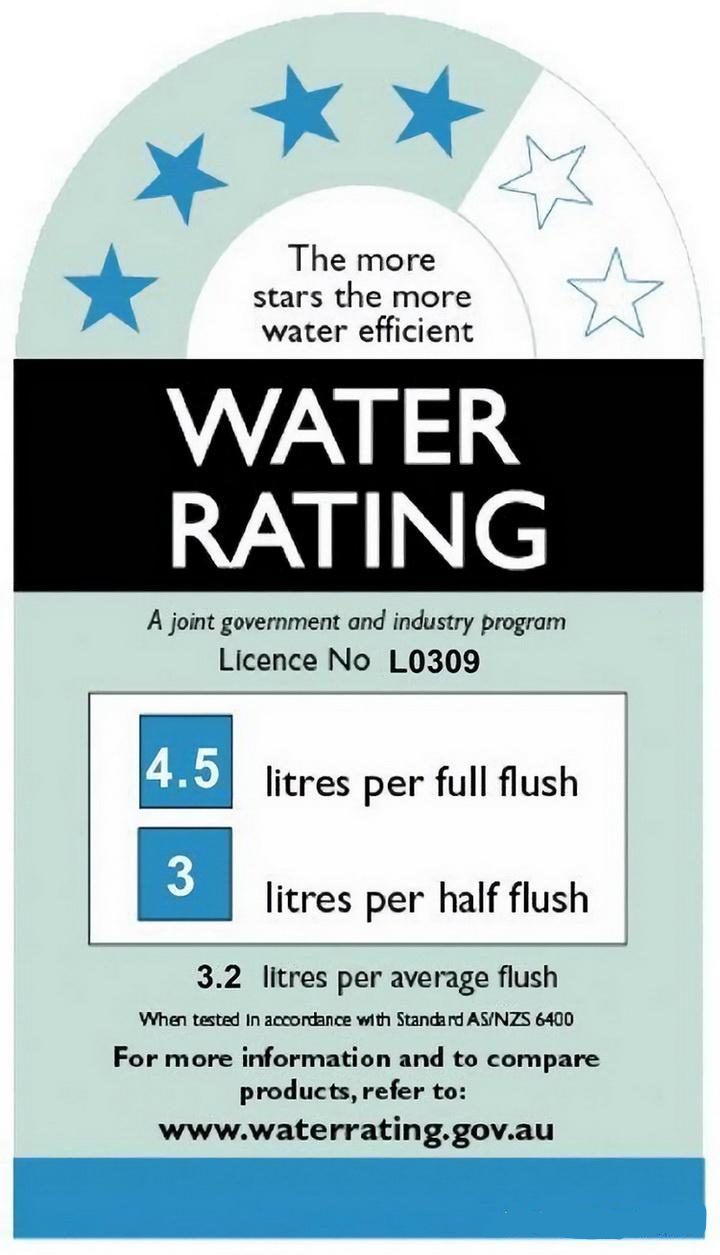
7.ACS certification
ACS is a compulsory certification supervised by the French health department. It mainly conducts testing and certification of plumbing equipment products according to the standards issued by AFNOR. The certified products are mainly toilet, faucets, shower heads, shower screens, shower rooms, valves, valve cores, braided pipes, shower pipes, non-metallic materials, etc. Only after the product meets the relevant standard requirements and is issued an ACS health certificate can it pass customs and be sold in France. No factory audit is required and the certificate is valid for five years.
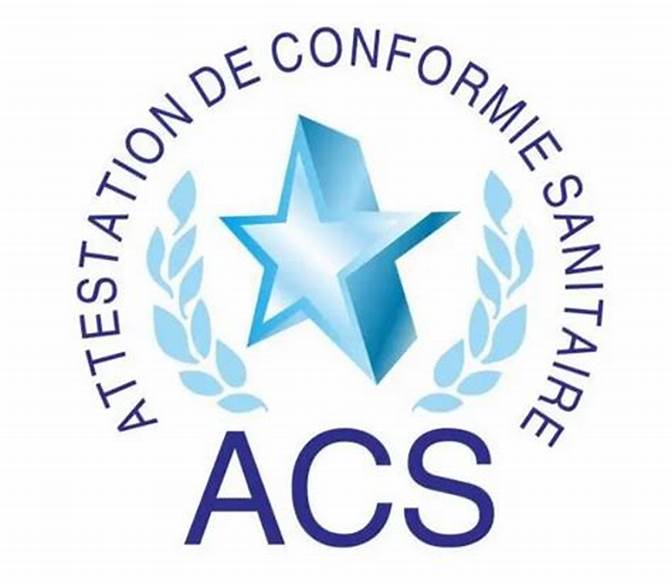
8.WRAS certification
WRAS certification refers to the Water Regulation Advisory Scheme. The Water Regulation Advisory Scheme is a certification scheme for the UK water industry. The main objective of the scheme is to avoid water waste, misuse, abuse, inappropriate consumption, incorrect measurement or contamination. This certification is semi-mandatory, but is a common practice leading to the British market. There is no factory audit requirement, the certificate is valid for 5 years, and product certification reviews are conducted every 6-8 weeks.
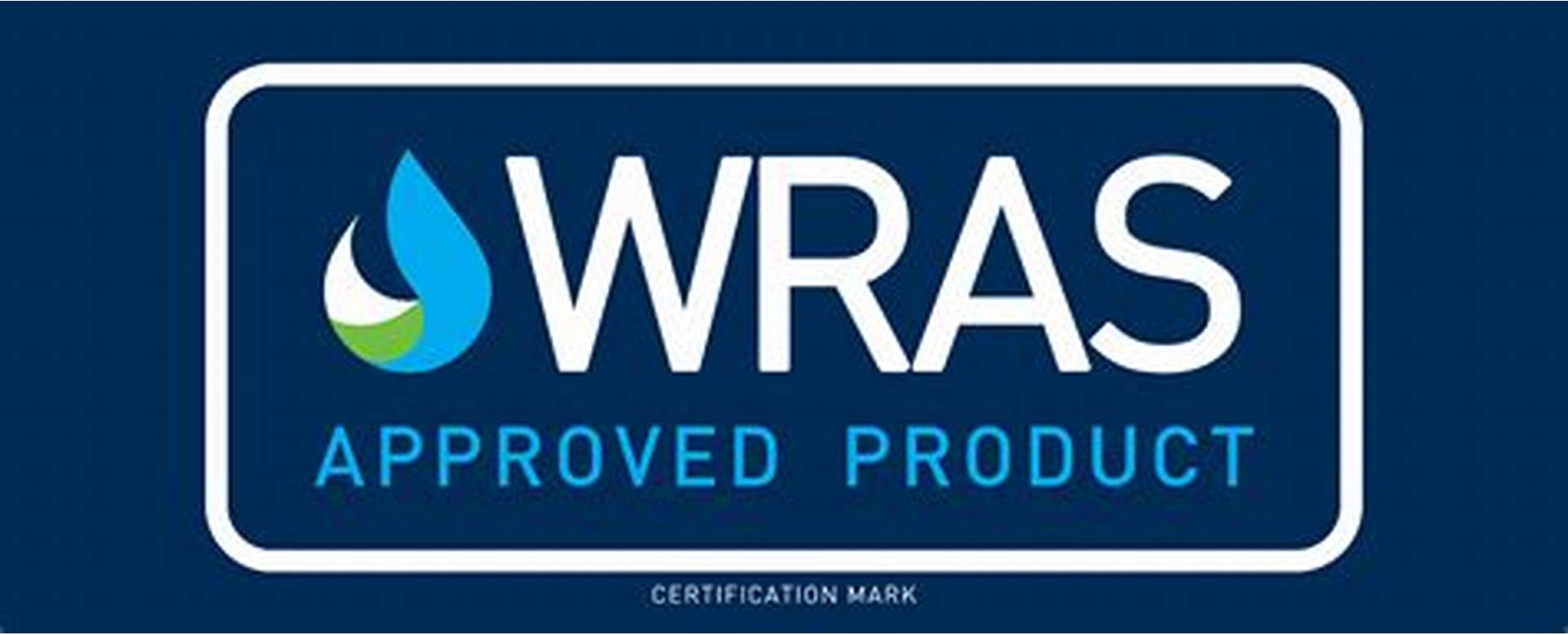
9.DVGW certification
DVGW is abbreviation of German Gas and Water Industry Association, which is responsible for testing and certification of all German institutions that are connected to public gas and water supply pipelines. DVGW is the top certification in European market. Certified products include: pipes, valves, faucets, sprinklers and other plumbing products and gas pipe valve devices, pipes, joints, etc. There is factory inspection and certificate is valid for 5 years.
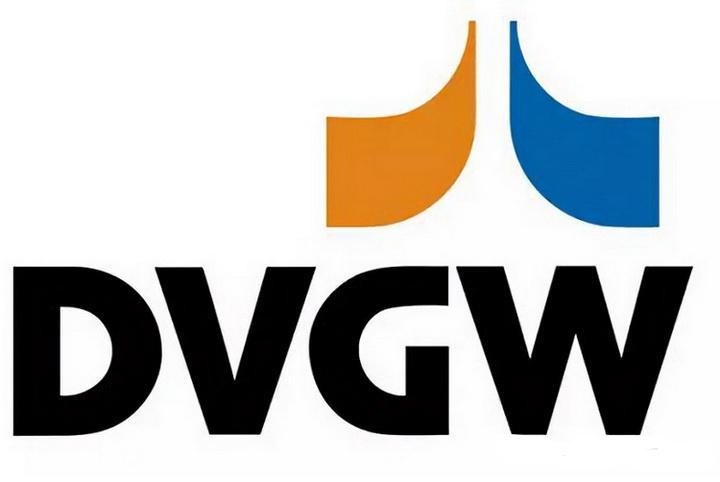
10.KTW certification
KTW is a specification from German Federal Environment Agency (UBA), which mainly tests and evaluates whether harmful substances migrate into drinking water during products and production processes. KTW certification has obtained authoritative recognition of drinking water safety certification standards from the World Health Organization (WHO).
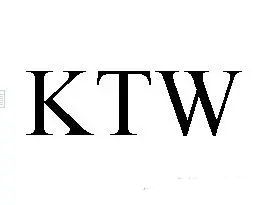
11.NF certification
NF is the code name of the French standard, which was implemented in 1938. Its management organization is the French Standardization Association. NF certification is a high-end certification in the French market. Product testing items are almost the same as European standards and require factory audits.
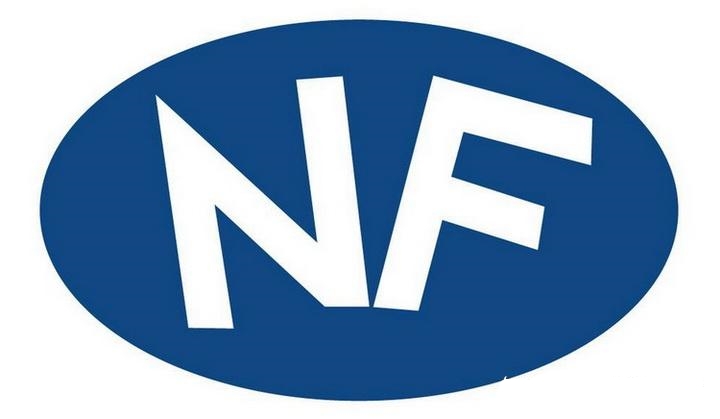
12.TMV certification
TMV Scheme refers to the thermostatic mixing valve scheme, the full English name is Thermostatic Mixing Valves Scheme, a specialized certification system for the safety of thermostatic mixing valves. TMV certification is divided into TMV2 certification and TMV3 certification: thermostatic mixing valves certified by TMV2 can be sold in the UK household market; thermostatic mixing valves certified by TMV3 can be sold in the UK commercial or medical market.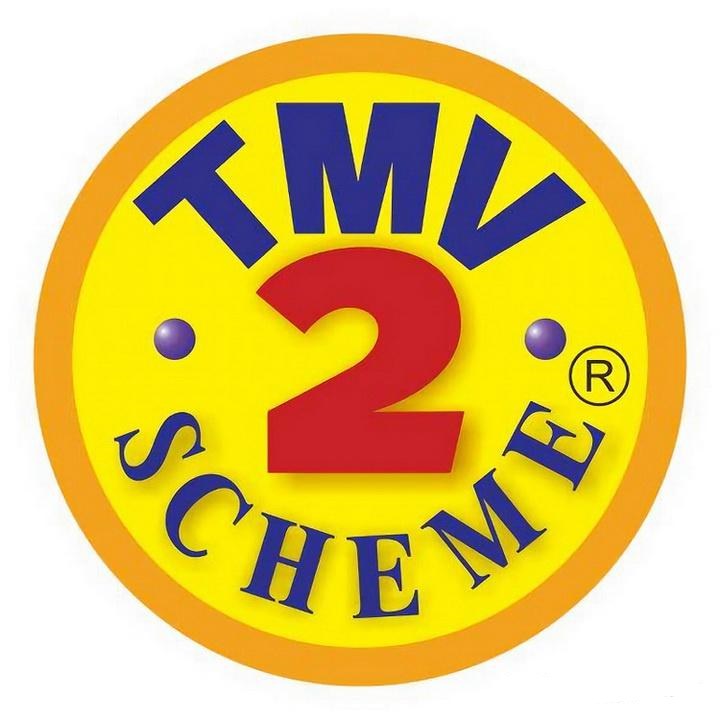
13.CEcertification
CE certification is a compulsory certification in the EU. Whether it is a product produced by an enterprise within the EU or a product produced in other countries, if it wants to circulate freely in the EU market, it must be affixed with a “CE” mark to indicate that the product complies with Basic requirements of the European Union’s “New Approach to Technical Harmonization and Standardization” directive.


